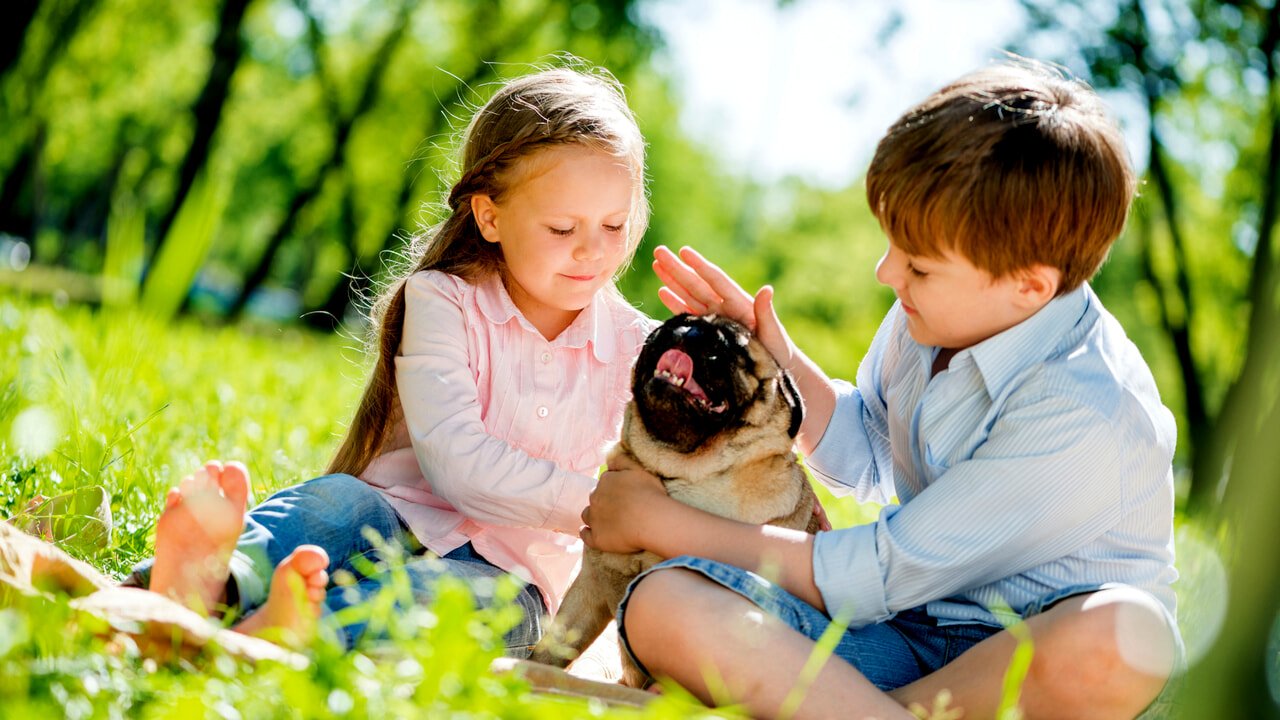Life with pets offers wonderful experiences and is good for your health. This is true for adults but also for children, actually growing up with a dog, a cat or any pet is a positive experience that will have an equally positive impact on their future life.
Spending childhood and adolescence with a pet by your side helps develop empathy and sensitivity to people. In addition, taking care of them makes children responsible and reduces stress because it creates an environment where a relationship of unconditional love is established.
Undoubtedly there are many positive aspects but before welcoming an animal into your home it is a good idea to teach children to respect pets. This not only ensures the physical and mental well-being of the furry friend, but helps the little one to have a positive and mature relationship with others by considering their needs.
How to teach children to respect animals
Children often look to the behavior of adults for inspiration and inspiration, so our job is to educate and teach. We must be the first to respect pets every time we interact with them: an aspect that cannot be taught, but only passed on to build a more effective and lasting relationship.
Knowing the needs of animals is an aspect that should not be underestimated. Understanding what they need is a way to empathize with pets and understand that they too deserve to be respected just like humans.
Because of this it is important to include them in daily activities such as cleaning, playing and feeding time. Children should be reminded how important it is to avoid violent behavior towards them by avoiding disturbing or scaring them.
Learning to understand animal signals
Teaching animals how to behave, as we have seen, is not automatic. Often the examples have more value, in this case it involves recognizing the pet’s body signals. Allowing the child to understand when the dog, cat or any other animal is scared or happy is a way to teach children to adapt their behaviors based on the situation. Often Micio or Fido need their space and be left alone by taking refuge in a secluded place. This is a clear sign that they do not want to interact and the child must understand that he cannot insist in order not to stress or irritate the four-legged friend or to avoid a reaction. For example, animals may bite or scratch, pushing the child, eventually, to scare them.
When children become familiar with the reactions of animals, it is also good to teach them to approach them kindly through contact. To build a relationship of mutual trust, they should touch them gently without ever pulling their feathers or tails. An attitude that should be maintained even during the game. In fact, if you play in an aggressive or disruptive way or when the pets are eating or resting, you risk stressing and damaging the relationship.

